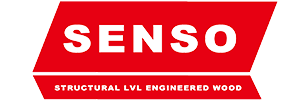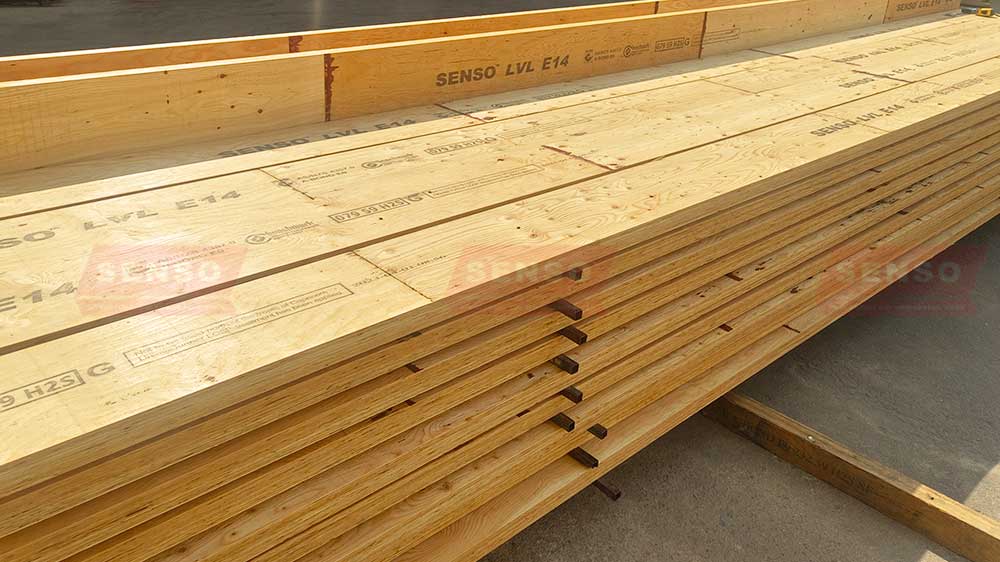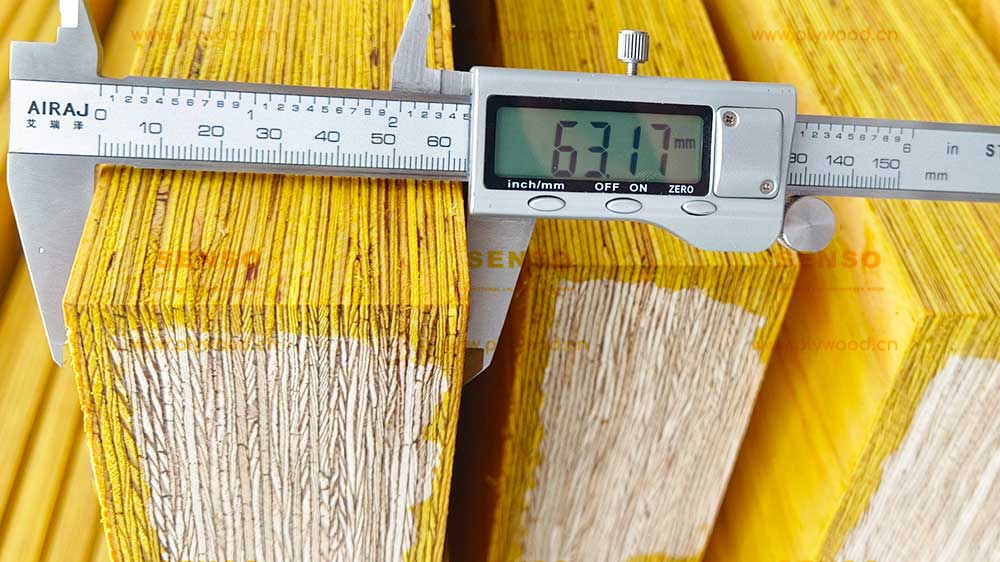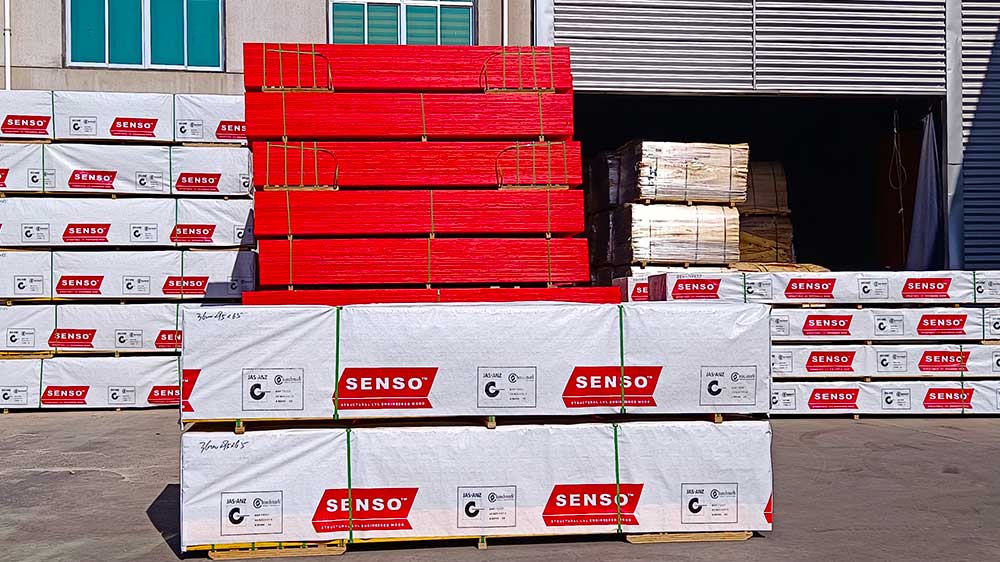What are Ceiling Beams?
Ceiling beams, often made from wood, LVL, or other materials, serve both structural and aesthetic purposes in architecture. They are fundamental in providing support to ceilings and roofs but also add a distinct charm and character to interior spaces. Whether it’s the rustic appeal of traditional wooden beams or the sleek, modern look of LVL beams, they offer a versatile design solution for any home.
The Aesthetic and Functional Appeal of Ceiling Beams
Bringing Warmth and Character to Interiors
Ceiling beams, especially those crafted from wood, have a unique way of adding warmth and character to a room. Their natural texture and color variations can complement any decor style, from rustic to contemporary, making them a popular choice among homeowners and designers alike.
Innovations in Beam Technology
The development of LVL (Laminated Veneer Lumber) beams represents a significant innovation in the field. These engineered wood beams offer superior strength and stability, allowing for wider spans and more creative design possibilities without compromising the aesthetic appeal of traditional wood beams.
Sustainability and Eco-Friendliness
With a growing emphasis on sustainable building practices, the use of eco-friendly materials for ceiling beams is becoming increasingly important. Wood, being a renewable resource, and LVL beams, which utilize wood more efficiently, are both excellent choices for environmentally conscious construction.
Design Trends and Ceiling Beams
The Rustic Revival
One of the most prominent design trends involving ceiling beams is the rustic revival. This trend sees traditional wooden beams used to add a touch of authenticity and timelessness to homes, creating spaces that feel grounded and connected to nature.
Modern and Minimalist Approaches
Conversely, the modern and minimalist design approach uses ceiling beams in a more understated manner. Sleek, straight lines and the absence of ornate details characterize this trend, with LVL beams often being the material of choice due to their clean appearance and structural capabilities.
Customization and Personalization
The customization of ceiling beams is another trend gaining momentum. Homeowners and designers are now tailoring beam designs to suit personal tastes and specific interior themes, from custom stains and finishes to unique shapes and sizes.
Practical Considerations for Installing Ceiling Beams
Structural Integrity and Support
Ceiling beams are pivotal in ensuring the structural integrity of a building. Wood beams and LVL beams, in particular, are favored for their strength and durability, supporting the weight of the roof and upper floors. Proper installation and maintenance are crucial to harness these benefits fully.
Aesthetic Integration
The choice of beam material and design should seamlessly integrate with the existing architectural and interior design elements. This coherence ensures that the beams enhance the space without overwhelming it. The versatility of wood and LVL beams makes them suitable for a wide range of design aesthetics, from traditional to modern.
Lighting and Space Considerations
Integrating ceiling beams into a room’s design also involves thoughtful consideration of lighting and spatial dynamics. Beams can influence the perception of space, potentially making rooms feel more intimate or expansive. Strategic placement and the right choice of beam size and color can complement natural light flow and enhance the overall ambiance of the space.
The Impact of Ceiling Beams on Interior Spaces
Transforming Spaces with Texture and Depth
Ceiling beams add texture and depth to interior spaces, creating layers of visual interest. The interplay of light and shadow on the beams’ surfaces adds a dynamic element to rooms, enriching the decor and emphasizing architectural details.
Creating Focal Points
A well-designed ceiling beam layout can serve as a striking focal point in a room, drawing the eye upward and making a bold design statement. Whether it’s a single, dramatic beam running the length of a living room or a series of parallel beams in a kitchen, these elements can define spaces and dictate their character.
Enhancing Room Proportions
The strategic use of ceiling beams can alter the perceived proportions of a room. For example, horizontal beams can make a room feel wider, while vertical beams can draw the eye upward, making ceilings appear higher. This visual manipulation is a powerful tool in interior design, allowing for the creation of more inviting and comfortable spaces.
Case Studies: Successful Ceiling Beam Installations
The Rustic Farmhouse Kitchen
In one notable case, a rustic farmhouse kitchen was transformed with the addition of hand-hewn wooden beams. These beams added a sense of history and warmth to the space, complementing the natural stone countertops and vintage-style appliances. The result was a cozy, inviting kitchen that became the heart of the home.
The Modern Loft
Another example is a modern loft where sleek, black LVL beams were used to contrast with white walls and ceilings. This design choice added a dramatic flair to the open-plan space, defining different areas without the need for walls. The beams’ modern aesthetic integrated seamlessly with the loft’s contemporary furniture and artwork, creating a cohesive and striking interior.
The Traditional Living Room
A traditional living room was given a touch of elegance with the installation of ornate, carved wooden beams. These beams, with their intricate details, added a layer of sophistication to the room, enhancing the rich textures of the leather furniture and the warmth of the hardwood floors. The beams served not only as a structural feature but also as a key element of the room’s decorative scheme.
The use of ceiling beams in these diverse settings underscores their versatility and impact on interior design. From enhancing structural integrity to elevating aesthetic appeal, ceiling beams offer a unique combination of functionality and style. As we continue to explore the possibilities they present, it’s clear that ceiling beams will remain a favored element in architectural and interior design.
The Future of Ceiling Beams in Design
Innovative Materials and Techniques
The continuous evolution of building materials and construction techniques promises to introduce new possibilities for ceiling beams. Innovations in materials are changing the game. Composite beams and advanced engineered wood products are examples. High-strength LVL beams offer enhanced durability. They provide flexibility in design. Environmental sustainability is another benefit. These advancements empower architects and designers. They can push creativity and functionality boundaries. Longer spans and unique forms are now achievable. These were previously unattainable.
Sustainable and Eco-Friendly Practices
Sustainability will remain a driving force in the selection and use of materials for ceiling beams. The industry is moving towards more eco-friendly options, including reclaimed wood beams, which not only reduce environmental impact but also add character and history to spaces. Additionally, the development of beams from rapidly renewable resources or recycled materials will play a crucial role in green building practices, aligning with global efforts to combat climate change.
Integration with Smart Home Technology
The integration of ceiling beams with smart home technology represents an exciting frontier. Imagine beams not just as structural or decorative elements but as conduits for smart lighting, audio systems, and even air quality sensors. This integration could redefine the functionality of ceiling beams, making them a central component in the intelligent infrastructure of homes and buildings.
Customization and Personalization
The future will also see a rise in the customization and personalization of ceiling beams. With advancements in manufacturing and design technology, such as 3D printing and CNC milling, individuals will have the opportunity to tailor beams to their specific aesthetic and functional requirements. This level of customization will enable a unique personal touch and ensure that ceiling beams contribute significantly to the overall design narrative of a space.
Frequently Asked Questions
What are the beams in a ceiling called?
Ceiling beams have various names. These include joists, rafters, and girders. Their names depend on their function and placement. “Ceiling beams” is a general term. It encompasses all these elements. They support the ceiling and enhance aesthetics.
What are ceiling joists and beams?
Ceiling joists are horizontal beams. They run between walls or frames. They support the ceiling’s weight. They distribute it across the structure. Beams can be structural or decorative. Structural beams support the building. Decorative beams add visual appeal to interiors.
Do beams make a ceiling look higher?
Strategically placed beams can create the illusion of a higher ceiling, especially when installed parallel to the longest wall. This visual trick draws the eye upward, making the space feel larger and more open.
How much can ceiling beams hold?
The load-bearing capacity of ceiling beams depends on the material, size, and construction of the beam, as well as the span it covers. Engineered beams like LVL are designed to support significant loads over longer spans than traditional wood beams.
What is a beam ceiling in construction?
A beam ceiling refers to a ceiling design where the beams are exposed, providing both structural support and a decorative element. This style can range from rustic, with rough-hewn wooden beams, to modern, with sleek, engineered beams.
Post time: Mar-24-2024




